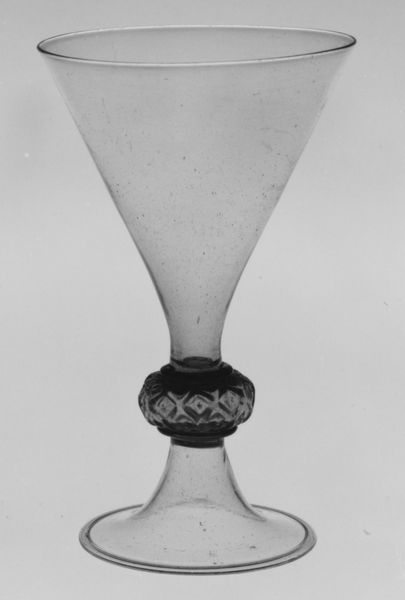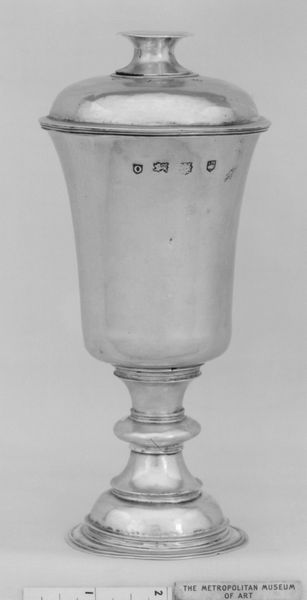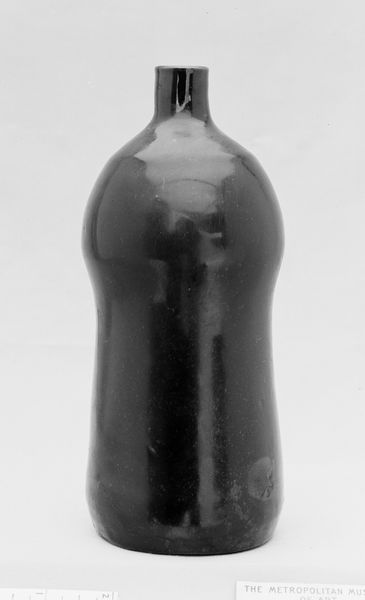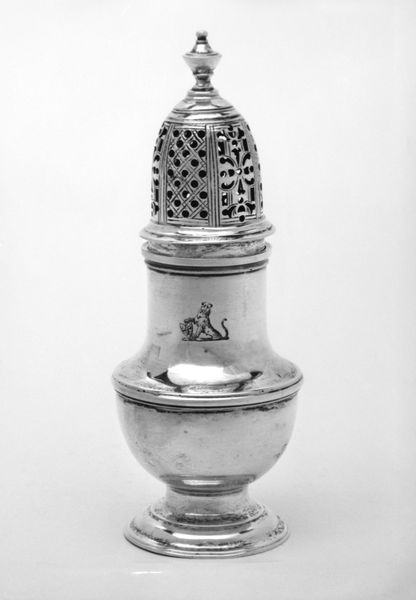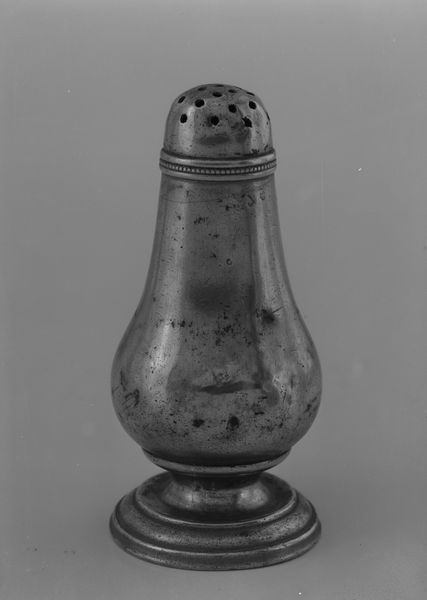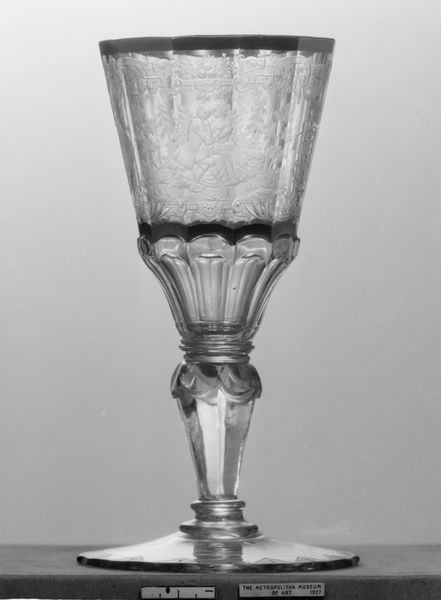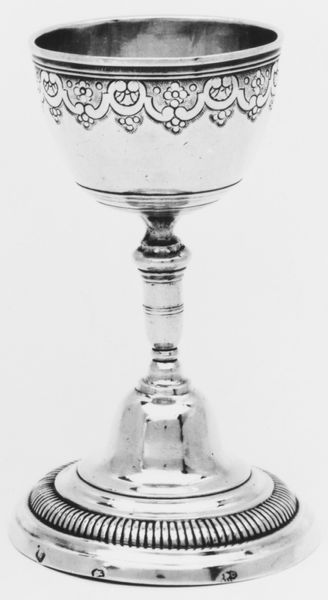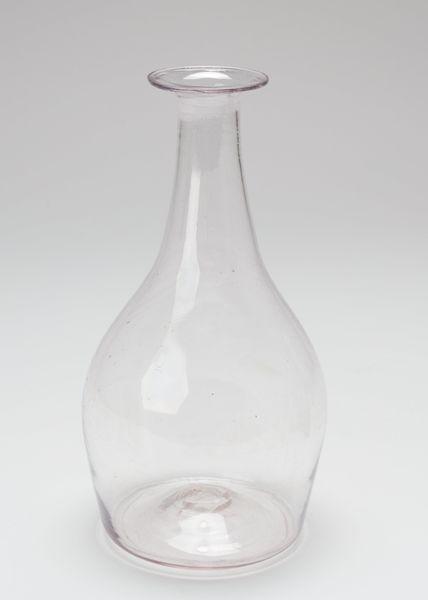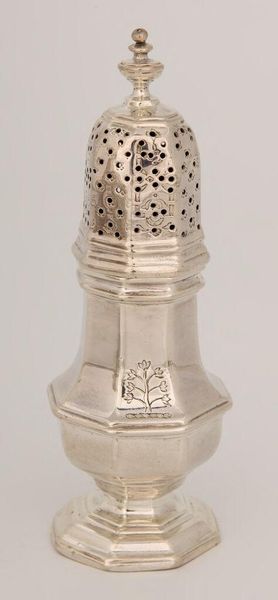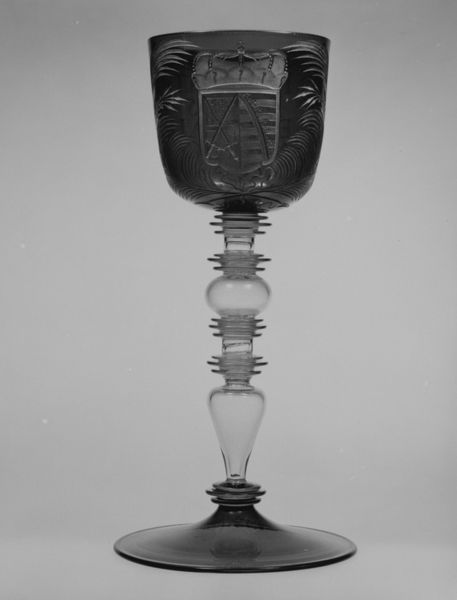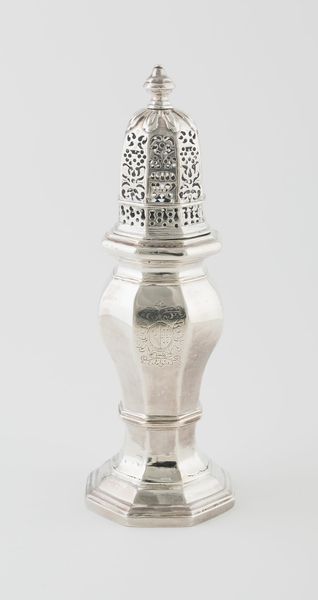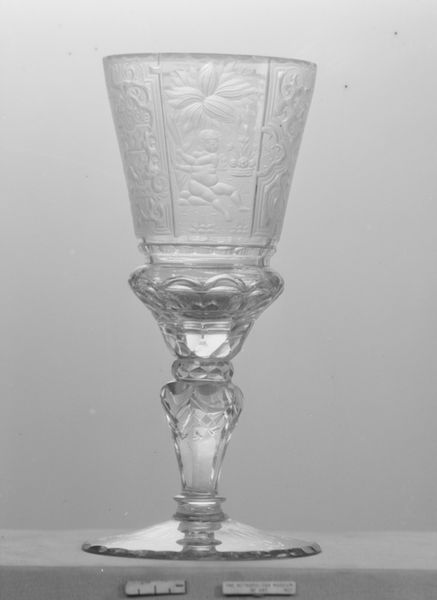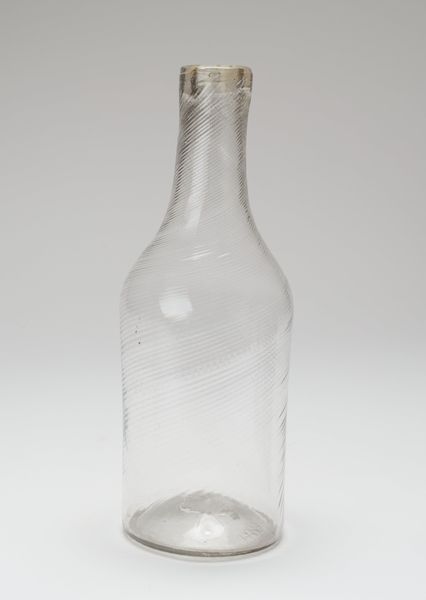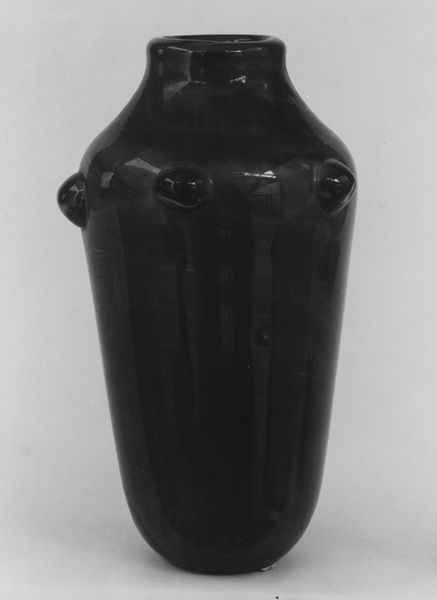
silver, sculpture
#
silver
#
baroque
#
sculpture
#
decorative-art
Dimensions: Height: 4 in. (10.2 cm)
Copyright: Public Domain
Curator: Standing before us is a silver caster, dating back to 1756. It’s the work of Reynier Brandt and resides here at the Metropolitan Museum of Art. Editor: My first thought is that this piece looks both precious and functional. The silvery sheen combined with its delicate form gives off an aura of refined taste, of something both beautiful and utilitarian. Curator: Precisely. When we consider such a seemingly simple object, it is crucial to examine the material, silver, and its origins. Where was the silver mined, who were the laborers, and what were their conditions? Consumption of items like these reflects specific colonial power dynamics, when precious materials were exploited for the production of luxury goods in Europe and beyond. Editor: I'm fascinated by that juxtaposition – this object’s elegance belies the extractive systems and labor practices behind its creation. Do you think that tension speaks to larger issues within Baroque decorative arts? It’s a very popular style, celebrated even now, but often without the interrogation that such art calls for. Curator: Undoubtedly. Furthermore, consider its function: a caster, typically used for spices or sugar. These commodities, again, connect us to trade routes marked by exploitation and enslaved labor. What appears as simple ornamentation on a dining table is in fact tied directly to human suffering and the wealth disparity that afforded certain Europeans this refined lifestyle. Editor: It's easy to appreciate the artistry in this piece: the pierced design near the top creates intricate patterns. But the social critique you offer really transforms it. It demands we consider not just aesthetic appeal but historical accountability. I'll never look at silverware the same way again. Curator: Exactly, each detail bears the traces of social practices. By addressing issues of labour, materiality and consumption, the study of decorative arts illuminates our understanding of material culture. Editor: Thinking about those pierced details on top – the visual delight distracts from the real material circumstances through which Brandt’s "Caster" came to be. I'm left pondering about luxury and privilege in a much broader and more historically informed manner.
Comments
No comments
Be the first to comment and join the conversation on the ultimate creative platform.
